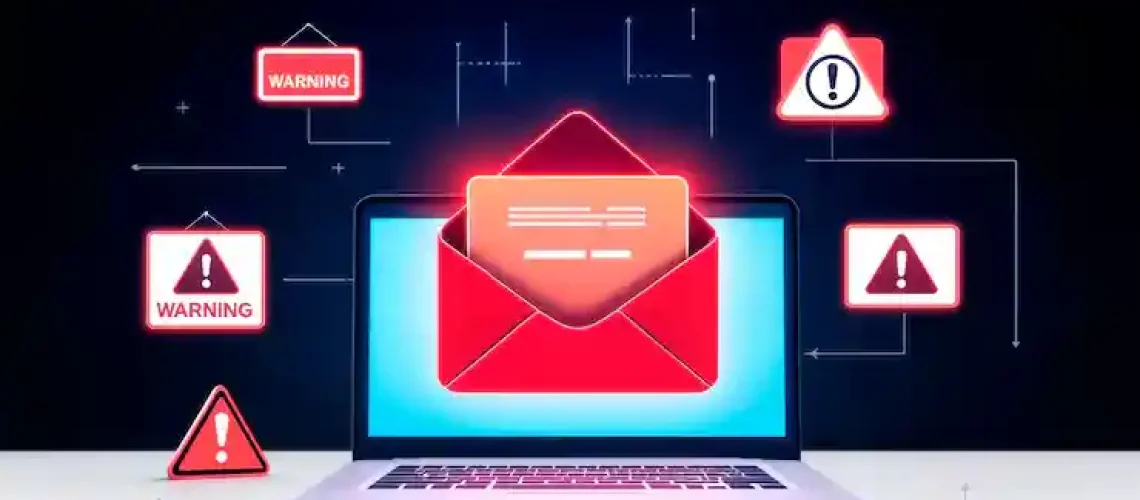In today’s fast-paced marketing world, using a purchased email list can seem like a quick solution to building an audience. However, if you’re noticing poor results, it may be time to assess your purchased email list performance. From low open rates to high bounce rates, several red flags indicate that your list might not be delivering the results you hoped for. Let’s explore the warning signs that your purchased list may not be performing as expected, and how you can improve its effectiveness.
Let’s explore five warning signs that could signal it’s time to reassess your strategy.
1. Low Open Rates: A Red Flag for Interest
Imagine spending hours crafting the perfect email, only to have it opened by just a handful of recipients. If your open rates are below industry standards, it means your emails aren’t resonating with the audience, and that’s a big problem. Purchased email lists are often made up of contacts who have not opted in to hear from you, which means they’re less likely to engage.
How to fix it: Aim for an open rate of at least 20%. If you’re not hitting that, it’s time to clean up your list. A targeted, engaged audience is much more likely to open your emails than a list that wasn’t carefully curated.
2. High Bounce Rates: Deliverability Issues Ahead
High bounce rates are another glaring issue. When an email bounces, it means that your message never reached the intended inbox. This is common with purchased email lists, where many addresses might be outdated or incorrect. A high bounce rate could damage your sender reputation, making future emails even more likely to land in spam.
How to fix it: Regularly clean your list. Use email validation tools to remove invalid addresses, ensuring that you’re only reaching valid contacts who actually want to hear from you.
3. Increased Spam Complaints: Danger to Your Brand
Nobody likes unsolicited emails. If recipients start marking your emails as spam, it’s a surefire sign that your list isn’t performing as it should. Not only does this hurt your reputation with the recipient, but it can also affect your email deliverability. High spam complaints can push your future emails straight to the spam folder.
How to fix it: Always provide an easy opt-out or unsubscribe option. Also, review the quality of the emails you’re sending and ensure they’re relevant to the recipients. If your emails aren’t adding value, they’ll be seen as spam.
4. Low Conversion Rates: The Silent Killer
It’s not just about getting people to open your emails—it’s about driving action. If you’re getting lots of opens but very few clicks or conversions, something’s wrong. It’s likely that the people on your purchased list don’t fit your ideal customer profile, so they have little incentive to take action.
How to fix it: Improve your segmentation. Break your email list into smaller, more targeted groups, and personalize your messages to increase relevance. This helps convert recipients who are truly interested in what you offer.
5. Lack of Engagement: The Silent Warning
At the end of the day, engagement is everything. If your purchased email list isn’t sparking any interaction—whether it’s clicks, replies, or forwards—then it’s simply not performing. A lack of engagement can lead to a higher unsubscribe rate, and eventually, your emails could be ignored altogether.
How to fix it: Focus on content that resonates. Think about what your audience cares about, and deliver it in a way that grabs their attention. Start by asking your audience what they want and then tailor your messaging accordingly.
Conclusion: Don’t Ignore the Red Flags
A purchased email list may seem like a shortcut to building your customer base, but it’s not always the golden ticket you expect it to be. If you notice any of these five warning signs, it’s time to rethink your strategy and clean up your list. By focusing on a more targeted and engaged audience, you’ll get the results you want while maintaining a strong reputation.
FAQs
1. Why is my purchased email list causing high bounce rates?
High bounce rates typically happen when email addresses are outdated or invalid. Purchased lists often include contacts who haven’t opted in, which means many of the addresses may no longer be in use. Regularly cleaning your list can help reduce bounce rates.
2. How do I prevent my emails from being marked as spam?
To avoid spam complaints, ensure your emails are relevant and offer value to your recipients. Always include an easy unsubscribe option and make sure you’re not sending too many unsolicited emails.
3. What should I do if my email list isn’t converting?
Low conversions often indicate that your purchased list doesn’t align with your target audience. Try segmenting your list and personalizing your messages to increase relevance. This will help you better engage with your ideal customers.
4. How often should I clean my email list?
Ideally, you should clean your email list every few months. This includes removing invalid email addresses, segmenting contacts, and ensuring your list is up-to-date with valid, interested recipients.

